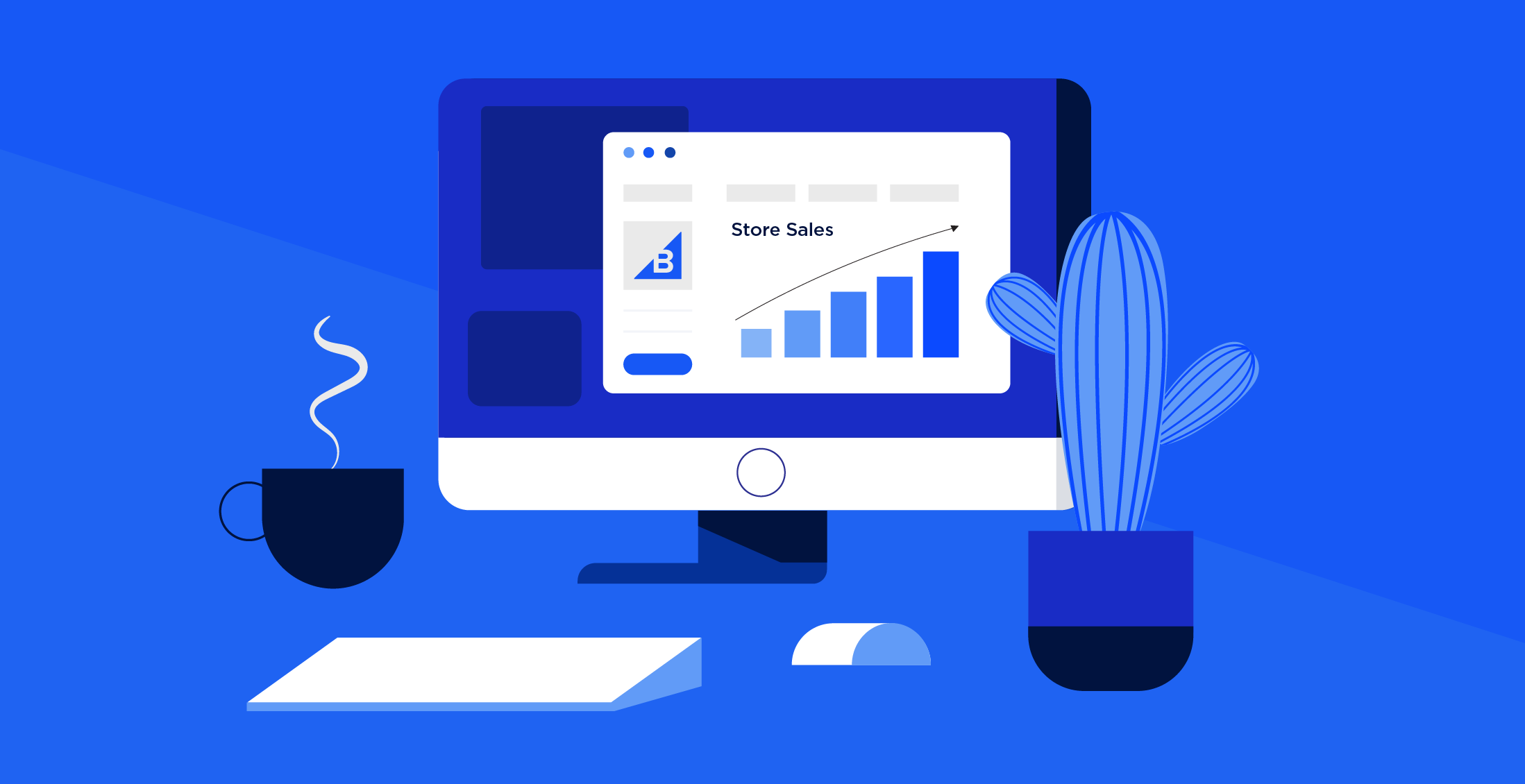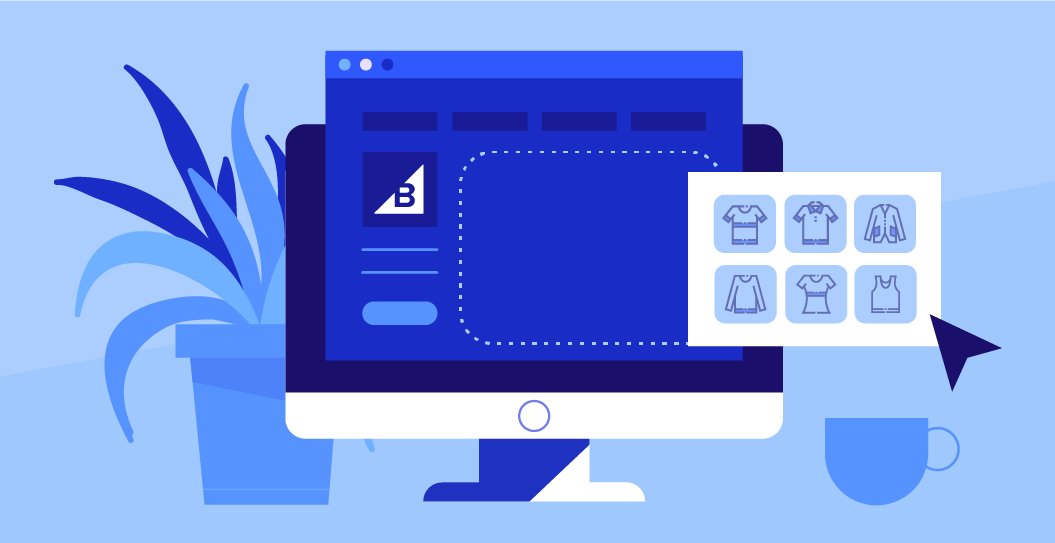- Enterprise
- Essentials
How to Find Your Ideal Customer with Target Market Analysis

Trying to be everything to everyone is one of the gravest mistakes any business can make.
Most products are designed to solve specific problems for an even more specific audience — not everyone wants to buy custom Air Jordans, bacon-flavored soda or organic soap made from peanut butter — so it goes without saying that targeting the right market is essential to allocate your advertising dollars better and convert customers through organic marketing efforts.
What’s more, failure to understand the desires, core values and preferences of your target market can backfire tremendously.
Knowing your customer base through a target market analysis helps you understand which advertising platforms to use, what products and services to offer and what type of messaging and visuals will invite prospects to take action.
According to the Zendesk Customer Experience Trends Report 2022, 68 percent of customers expect all experiences to be personalized.
The point of a target market analysis is to:
Identify the most and least valuable markets.
Develop buyer personas.
Find gaps in the market to fill.
Assess the viability of a product or service.
Improve business strategy.
How to Identify Your Target Market
The first step to identifying your target market is determining your total addressable market (TAM) — the maximum market size for your product or service.
The best way to obtain a high-level overview of your customer base is to consult your social media and web analytics. These dashboards show where your customers live, their age, gender, general interests and more. You can also use U.S. Census Bureau data to pad up this information.
Gather intel.
Learning about your target market requires a combination of demographic and psychographic data. Your goal is to gather two types of data:
Quantitative insights: Numbers, facts and statistics about your specific market.
Qualitative insights: Voice of Customer (VoC) data, customer sentiment, preferences, purchase drivers, attitudes and other psychographic traits.
Use a mixture of primary and secondary data sources. Primary data constitutes intel gathered from your types of customers firsthand through surveys, interviews or focus groups. Secondary data refers to data that has been collected by a third party, such as a government agency or market research firm.
How to collect primary data
Interview potential or existing customers.
Send out a general market assessment survey.
Run a product trial.
Research your competitors.
If your business has existing customers, you can also use consumer data on past transactions, such as:
Surveys at purchase, online, at events, etc.
Past transactions, orders and communications.
Reviews and testimonials.
Data from customer appreciation events where you asked attendees to provide feedback on product samples.
Use your secondary data to augment your first-party data and check your assumptions. Remember, secondary data is an important resource for effective ad targeting. Since secondary data has been aggregated by an external source, it may not accurately reflect your target audience, so make sure to cherry-pick only the most relevant insights.
Where to find secondary data
Quantcast provides free and accurate audience insights for over 100 million web and mobile destinations.
AnswerThePublic provides a keyword analysis tool to help you identify popular questions your customer base is asking online.
Google Trends uncovers where your target customers are predominantly located.
The U.S. Census Bureau provides up-to-date general demographics data.
Big Four consulting firms such as McKinsey, Deloitte, Accenture and EY regularly publish industry briefs and customer research reports.
Create customer profiles and market segments.
A customer profile is a summarized view of your ideal customer — their pain points, interests, buying patterns and demographic data.
Demographic data signals the most effective marketing channels for your business (each social media platform has slightly different audience demographics), where to sell your products and how to price them and the ideal language to use to address your customer.
Following are some important demographic data points:
Age.
Location.
Gender.
Income.
Education level.
Relationship status.
Occupation.
Psychographic data reveals the types of products your customers value and the types of brands they want to associate with. For example, someone who travels frequently and follows a vegetarian diet because they care deeply about the humane treatment of animals might appreciate plant-based snacks that are easy to take on the go and marketed as cruelty-free.
Here is the type of psychographic data you should aim to collect:
Interests.
Hobbies.
Values.
Attitudes.
Behaviors.
Lifestyle preferences.
Look at the competition.
Identify your top competitors, research their marketing and sales strategies and assess your brand’s relative strengths and weaknesses. Analyzing your competitors can help you spot industry trends and set benchmarks for future growth.
This information can help inform your positioning in the market, determine which products and services to offer and what target audience to focus on.
For example, say you sell handmade cosmetics. Your biggest competitor already corners an 80% market share — but their main audience is women in their mid-twenties. You might consider targeting teenagers or older women instead.
Finally, understanding your weaknesses relative to competitors can help you offer a better customer experience.
Conduct your own primary research.
Rather than relying on pre-existing research, primary research entails obtaining first-hand data from current and potential customers to collect unique information suited to your business.
Primary research is more valuable because it answers a specific question rather than relying on second-hand data that was originally collected for another purpose. When interviewing customers, ask open-ended, in-depth questions that can help you check your assumptions and uncover more information beyond the scope of your initial research question.
What problem does your customer want to solve? How do they currently solve their problem? What products or services do they use? What other options have they considered?
What are their frustrations or pain points?
How do they want to access your product or service? How do they want to be communicated to? Where do they go to make a buying decision?
Who or what influences them to buy?
Set goals for the interview. What are the questions you really want to answer? This will help you develop questions and structure conversations to meet your purposes.
Surveys
Social media polls can help you get quick answers to multiple-choice questions (eg: do you prefer product A or B?). Also, encourage people to leave comments rather than just selecting one choice. Word your call-to-action in a way that inspires further conversation beyond the poll. Email or web surveys allow you to gather more in-depth data for further analysis.
Interviews
Talk to customers in your niche market. Ask a mixture of general questions that help you dig deeper to understand the customer and product-specific questions to get details about user behavior. Stick to a semi-structured interview format: questions are predetermined, but you have wiggle room to explore tangents based on how the conversation goes.
Focus groups
Get feedback from a group of consumers who fit your ideal customer profile. Focus groups can be done online or in person. The group should consist of current customers and potential customers. These interviews can help you get more meaning from facts and numbers obtained in more general surveys.
Ask open-ended questions that aren’t worded in a leading way. For example, rather than asking “Would you recommend product A to your friends?” ask “What did you like or dislike about product A?”
Look at your business in a fresh light.
Take the feedback you receive and use it to gain a new perspective on your business. Be willing to face the hard truth. If nobody liked your prototype, there’s no sense in launching the product.
You’ll have a massive amount of data — notes, audio/video recordings and personal impressions.
Most of this data will be qualitative rather than quantitative. How to analyze it? Go back to the goals you set before you conducted the interviews. Sort your data according to the major questions.
Do you have enough potential customers to start a new business? Is there sufficient demand for your product?
Will your target market benefit from your product or service?
Can your target market afford your product or service? If so, how frequently can they buy?
Can you reach your market with your message? How accessible are they?
Answering these questions will help you better understand if you are ready to sell online or if you need to pivot your marketing focus (or even your products) to appeal to a different audience.
Launch Your Ecommerce Store
Create your own store and start selling today with our risk-free trial.
Start Your Free TrialThe Final Word
Before starting a business, a target market analysis is crucial to ensuring that there is a sufficiently large addressable market for your product and that the product or service you are offering meets their needs.
Also, this enables you to hone your marketing messaging and determine which social media platforms and online marketplaces to concentrate your efforts on, if applicable.
FAQs About Target Market Analysis
What is a Target Market?
A target market is a specific group of people with shared characteristics that a business markets its products or services to.
What are the Benefits of Target Market Analysis?
A target market analysis helps you validate your business idea, determine the size and characteristics of your audience and craft the messaging that is most likely to resonate with them.
1. Determine the markets that bring the most value
Understanding your target customer helps you define a market of potential buyers who are interested in your product, have purchase intent and can afford it. This reduces the likelihood of wasted marketing dollars spent trying to attract the wrong audience.
2. Evaluate the viability of a new product
Your product should solve a problem, ease a pain point or serve a passion. If it does none of these things for your target audience, or if you’ve defined the wrong target audience, then the product won’t be profitable.
3. Discover new exciting markets to test
The data can reveal untapped markets or untried marketing strategies that could appeal to your target audience. Listen closely to customer pain points as these are valuable signposts toward unmet needs or areas where your competitors are underperforming — in other words, opportunities for you to swoop in and offer a superior product or customer experience.
What is a segmentation strategy?
Businesses use segmentation to form audience cohorts based on shared characteristics. Each cohort is distinct enough from the others to warrant a separate group, but the members of each group have a lot in common.
These groupings are made based on traits such as demographics or behaviors and enable you to provide a personalized experience for each group at scale. For example, this could mean using different calls-to-action in your email marketing based on what motivates each customer segment or offering different types of promotions based on income.
How do you conduct simple market research?
Start small to avoid overwhelm. First, take publicly available data about your market — size, demographics, preferred channels, etc. Then, look at your industry’s outlook. What is the size of your industry, trends and projected growth?
Together, this data will tell you roughly who your audience is, where they’re located, and whether or not your industry has potential.
Next, analyze your competition. Use the collected data points to make a SWOT analysis of your online business. Now, brainstorm ways to obtain primary data. Social media and email surveys are a good place to start.
Finally, augment your primary data using additional data from the U.S. Census Bureau and other resources to help you understand your entire potential addressable market, not just your current customers.



